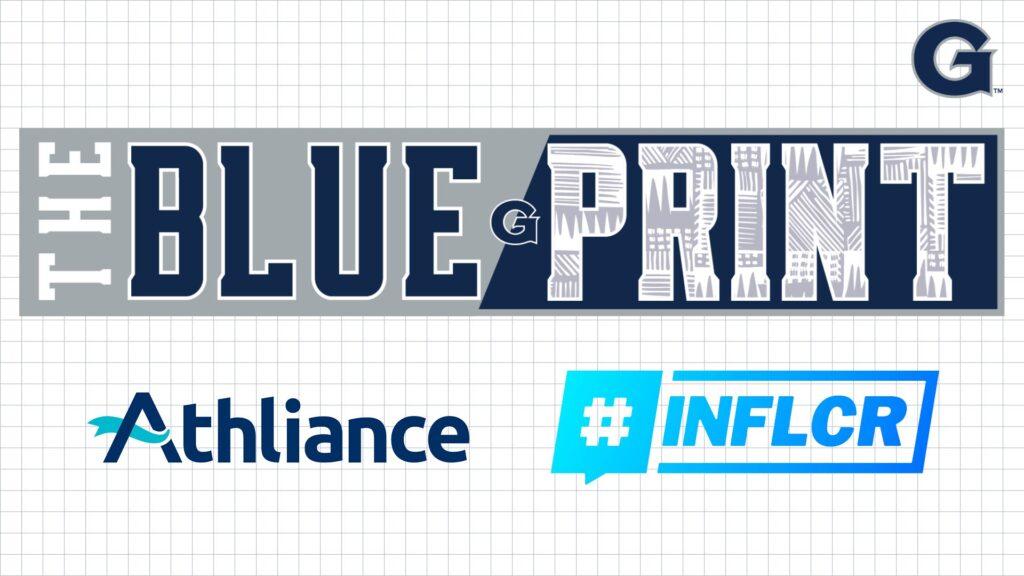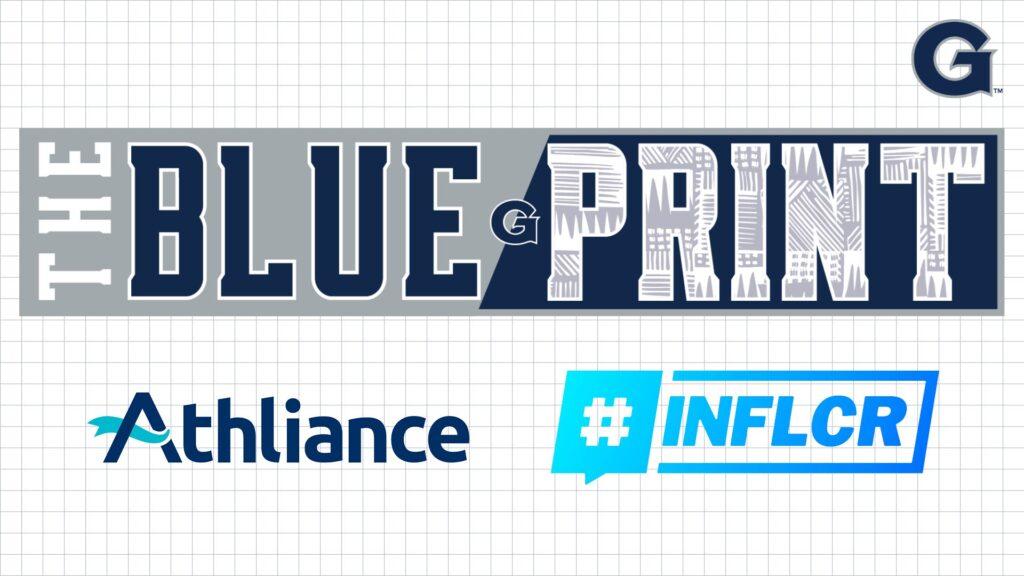Before June 30, you couldn’t get a birthday shoutout on the Cameo app from Georgetown men’s basketball first-year center Ryan Mutombo or see him promote a brand on his Instagram story despite his 13,600 followers. Now, thanks to legislation allowing student-athletes to profit off their name, image and likeness, often referred to as NIL, you can.
Historically, the NCAA has held the strict policy that student-athletes could not profit off their NIL. The organization argued that since student-athletes were amateurs, they shouldn’t be compensated for their athletic commitments. However, after years of public pressure and a Supreme Court ruling against the NCAA, the Division I Board of Governors, which is chaired by Georgetown President John J. DeGioia (CAS ’79, GRD ’95), made a groundbreaking decision that has changed the game for college athletes.
In response, Georgetown’s Department of Intercollegiate Athletics has introduced The Blueprint, a program to help student-athletes handle this new opportunity for monetary gains. Student-athletes will be trained in public-image branding, financial literacy and the full implications of the new NIL legislation.
The Blueprint features a partnership with Athliance, a company that provides software to help student-athletes and Georgetown staff manage endorsements and deals. Georgetown is one of five schools in a pilot program for Athliance to test its software.

While NCAA athletes are still not allowed to accept money directly from their college, they can now market their brand, advertise for businesses and profit off social media. This is mostly notable for the nation’s most famous college football and basketball players. Clemson University quarterback DJ Uiagalelei is already on our TV screens in Dr. Pepper commercials; University of Oregon defensive end Kayvon Thibodeaux released his own NFT; and University of Connecticut guard Paige Bueckers has filed for the trademark “Paige Buckets.”
Many Georgetown athletes have already gotten to work and begun to take advantage of the new rules. Men’s basketball players sophomore guard Dante Harris, first-year guard Tyler Beard, first-year forward Jalin Billingsley and Mutumbo are all available to give shoutouts on the app Cameo. A number of men’s basketball players were also paid by Casual Hoya, Georgetown’s SB Nation affiliate, to promote its blog.
Though these particular players are doing well independently, The Blueprint is intended to maximize their off-the-court earning potential during their college years. As part of this new program, Georgetown will also work with the brand-building platform INFLCR, an affiliation that will feature an exclusive deal with Cameo and other offers.
The NIL rules apply to student-athletes of all teams and levels, not just basketball. As Georgetown’s men’s and women’s soccer programs sit atop the national rankings, their players have begun to gain fame and the potential for sponsorships.
The NIL legislation’s main significance is allowing student-athletes to earn money while playing at the collegiate level, which some would say is long overdue, but the legislation also provides schools with a new way to recruit players.
Take Georgetown men’s basketball for example. Recently, the team has been going through a relative slog, with a slew of transfers making the upcoming season more uncertain. With the new rules, the program can recruit players by pitching Georgetown’s historic significance, the attractive business opportunities in Washington, D.C., and Georgetown’s support of student-athletes’ brands.
The significance of NIL in recruiting has already been made apparent for men’s basketball. Georgetown was heavily recruiting Chris Livingston, a top player in the class of 2022, but he ultimately committed to the University of Kentucky. Kentucky made its NIL efforts a key focus of its pitch, which seemed to impress both Livingston and his grandfather.
“We had a media meeting for name, image and likeness, and they talked about the fan base, how many games they have televised and the media [covering the team],” Livingston said in an interview with The Athletic. “That was a really big part.”
If Livingston’s recruitment is any indication, addressing and advertising the NIL is key in the recruiting process. With the introduction of The Blueprint and partnerships with INFLCR and Athliance, Georgetown is making an investment in its student-athletes and showing an understanding for what will dominate recruiting in the coming years. How Georgetown addresses NIL will define the future of its athletics. The Blueprint is just the start.









